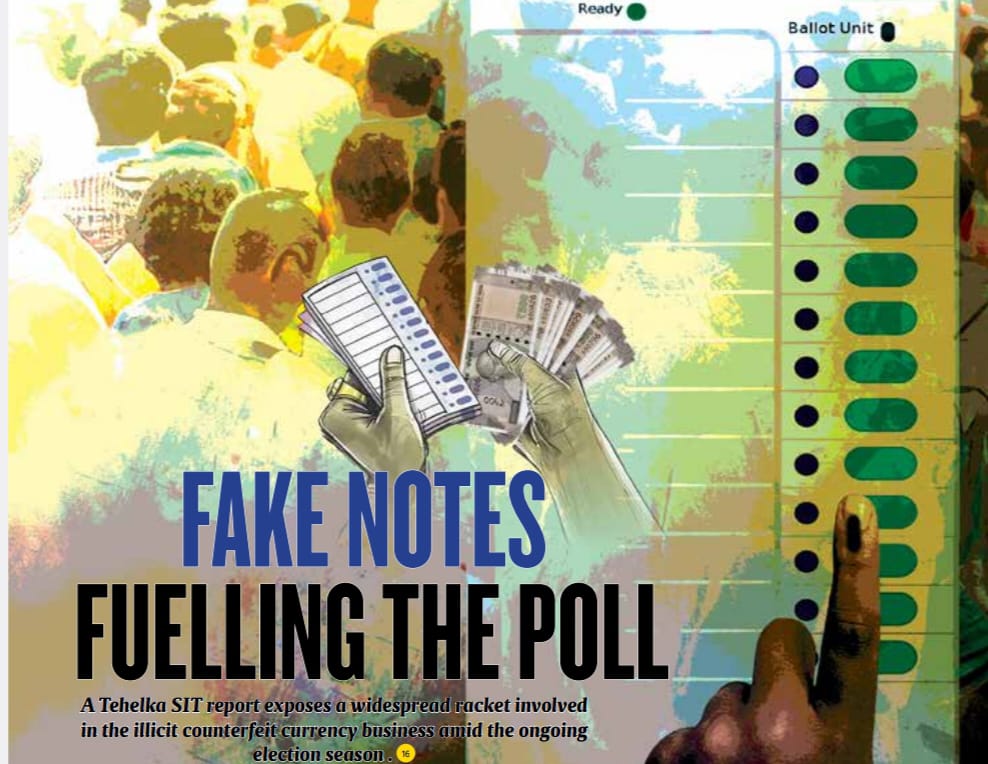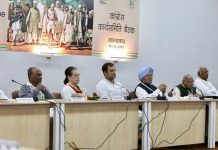
A country’s currency reflects the strength of its economy and is also a matter of national pride but when counterfeit currency finds its way into circulation, it undermines its intrinsic value. We all know that fake currency is used to fund arms smuggling, terror activities, and the supply of drugs to youth. And when fake currency floods the system before and during an election, it becomes an all the more serious threat.
Tehelka’s cover story “Fake Notes: Fuelling the Poll” by our Special Investigation Team exposes a widespread racket involved in the business of counterfeit currency, whose demand surges during the election season. To expose this intricate fake currency network, our reporter posed as a client serving fictitious candidates contesting the general elections and recorded on-camera conversations with many in the fake currency business across the country. A person from Mangalore offered to connect us with a contact in Noida, Uttar Pradesh, who specializes in counterfeit currency “for election purposes.” Once the deal was struck, the contact offered to procure a note-printing material and deliver fake currency worth double the value of the cash received. Another man in the business, offered to provide counterfeit notes of three times the value of the amount we shared with him. These agents assure that no layperson could detect the difference between the genuine and fake ones as against the standard 14 security features, the counterfeiters had succeeded in 10-12 counts.
Recently, the Gaya district police in Bihar apprehended a gang involved in printing counterfeit currency specifically for the 2024 elections and seized fake notes along with the printing machine used for fabricating currency notes. Some arrests were made in Jhansi in Uttar Pradesh and Andhra Pradesh too. The problem of fake currency is not new or a 2024 phenomenon. Just before the 2014 general elections, counterfeit currency notes worth Rs. 970 crores had reportedly landed in banks. In 2021-22, the number of counterfeit notes of Rs 2,000 denomination detected in the system was 13,604 pieces, up 54.6% from the preceding financial year. The key objective of 2016 demonetization was to eradicate counterfeiting of notes but this measure too has not helped much. Maybe the limited introduction of polymer currency notes to see public reaction can be given a try.
India has been working on countermeasures like design changes in the currency notes, but what is lacking is the implementation of advanced forensic measures that analyze the intaglio ink, watermarking techniques, and security thread. The rupee is printed in mints in Maharashtra, Karnataka, Madhya Pradesh, and West Bengal but paper is imported from 11 global companies while a Switzerland-based company monopolizes the security ink for the world’s currency needs. Security agencies need to investigate the role of anti-India elements who might have sneaked into these companies to get access to currency papers and ink. This aspect needs a thorough probe – the currency may be fake but its repercussions on the nation are real!











